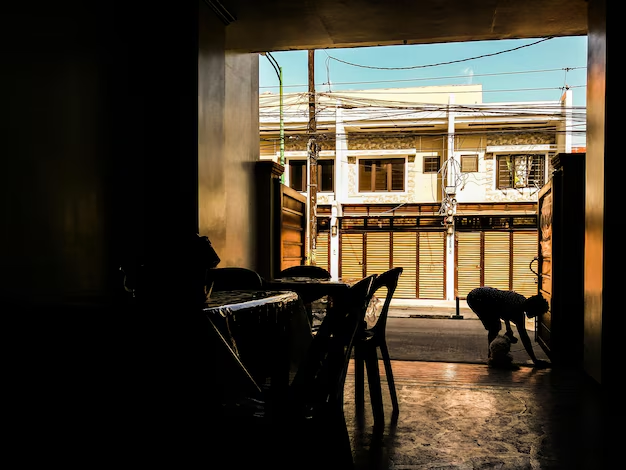Discover 24-Hour Homeless Shelters: What You Need to Know
Finding oneself without a place to call home can be a daunting experience. Whether due to unforeseen circumstances, financial struggle, or personal challenges, the need for immediate shelter is crucial. That's where 24-hour homeless shelters come into play, providing a safe haven at any time of day. These shelters are more than just a bed for the night; they often offer vital resources to help individuals get back on their feet.
Benefits of 24-Hour Homeless Shelters
Round-the-Clock Access: Unlike traditional shelters that may close their doors during specific hours, 24-hour shelters ensure that anyone in need can find refuge whether it's day or night. This constant availability is crucial for those in precarious situations or those who work night shifts and need a safe space to rest during the day.
Comprehensive Support Services: Many 24-hour shelters offer more than just a place to sleep. They provide access to counseling, healthcare, job search assistance, and educational programs aimed at helping residents build a better future. Volunteers and staff are often trained to connect people with additional resources, such as government aid programs and financial planning services.
Community and Stability: The sense of community found within a shelter can be incredibly empowering for individuals facing homelessness. Residents often form supportive networks, exchanging advice and resources, which can be a significant step toward achieving long-term stability.
Pathways to Financial Independence
24-hour shelters often serve as a stepping stone to achieve financial independence and stability. Once basic needs are met, individuals can focus on long-term solutions to prevent future homelessness.
Government Aid Programs: Many shelters can help navigate the complexities of various government assistance programs, such as Supplemental Nutrition Assistance Program (SNAP) or Temporary Assistance for Needy Families (TANF). These programs can provide the financial relief necessary to transition into stable housing.
Debt Relief Options: For many experiencing homelessness, financial strain is a significant barrier. Shelters may offer workshops on debt management and direct individuals to counseling services that can negotiate better terms with creditors or create realistic payment plans.
Credit Card Solutions: Getting access to secured credit cards can help individuals build or rebuild their credit history. Some shelters have partnerships with financial institutions to assist clients in applying for these resources, which are crucial for renting apartments or purchasing essentials.
Educational Opportunities
Educational Grants and Training Programs: Education is often the key to breaking the cycle of homelessness. Shelters frequently connect residents with local community colleges or trade schools offering scholarships or reduced tuition rates. Additionally, shelters may provide access to online courses or workshops designed to enhance skills and employability.
Finally, when striving for a better future, taking full advantage of available resources can significantly impact one's journey out of homelessness. Below are some programs and opportunities that can provide ongoing support and pave the way to a more stable life:
- 🏠 HUD's Housing Choice Voucher Program: A vital resource for subsidized housing options.
- 🍎 State-Specific SNAP Programs: Assist with grocery needs, ensuring nutritional health.
- 💳 Secured Credit Cards: Start rebuilding credit with small lines secured by deposit.
- 🎓 Local Educational Grants: Access funding for degrees or certifications.
- 📚 Community Workshops: Free financial literacy and job readiness training.
- 🤝 Employment Assistance Programs: Bridges to connect with potential employers via job fairs.
Remember, the journey begins with knowing where to turn for help, and these resources are a powerful start in transforming one's circumstances and achieving sustainable independence.
